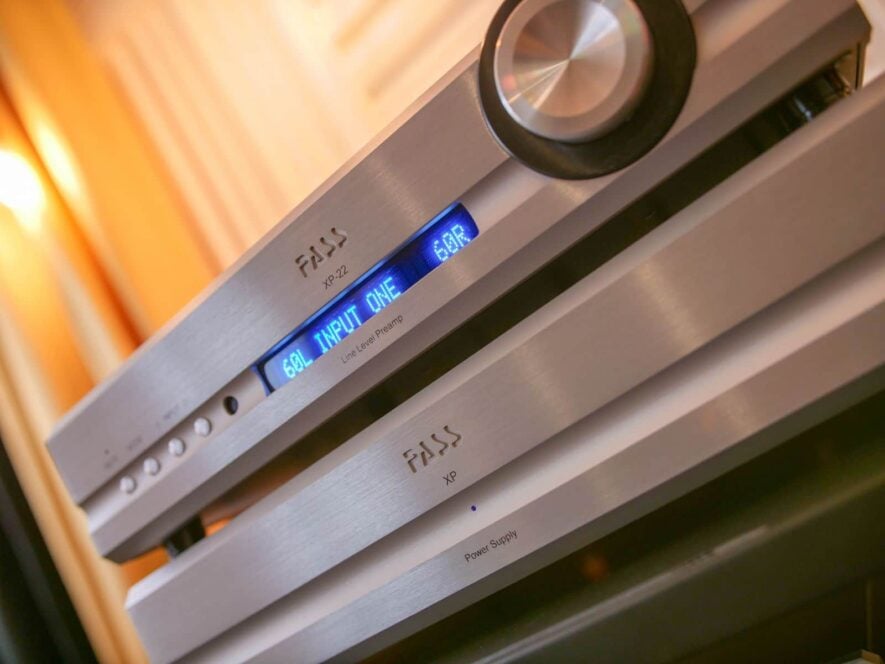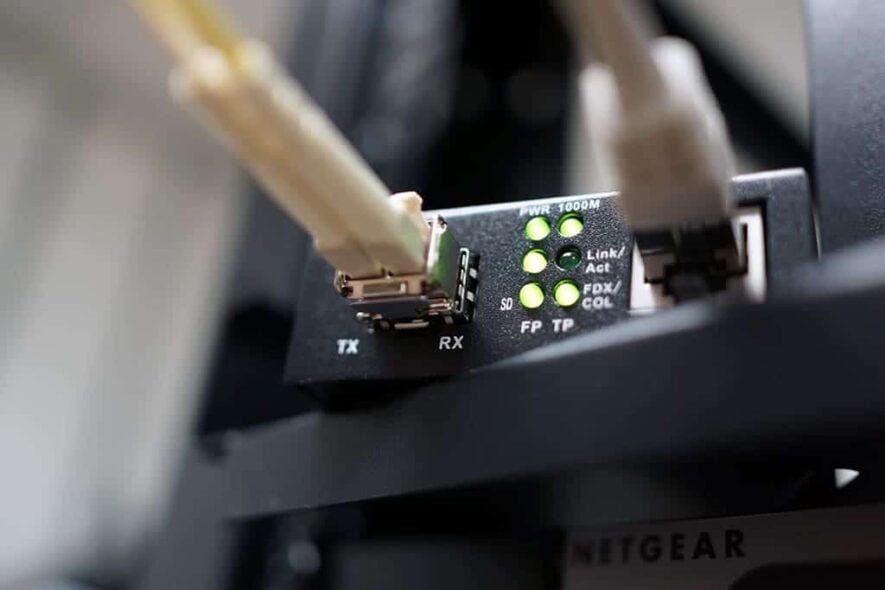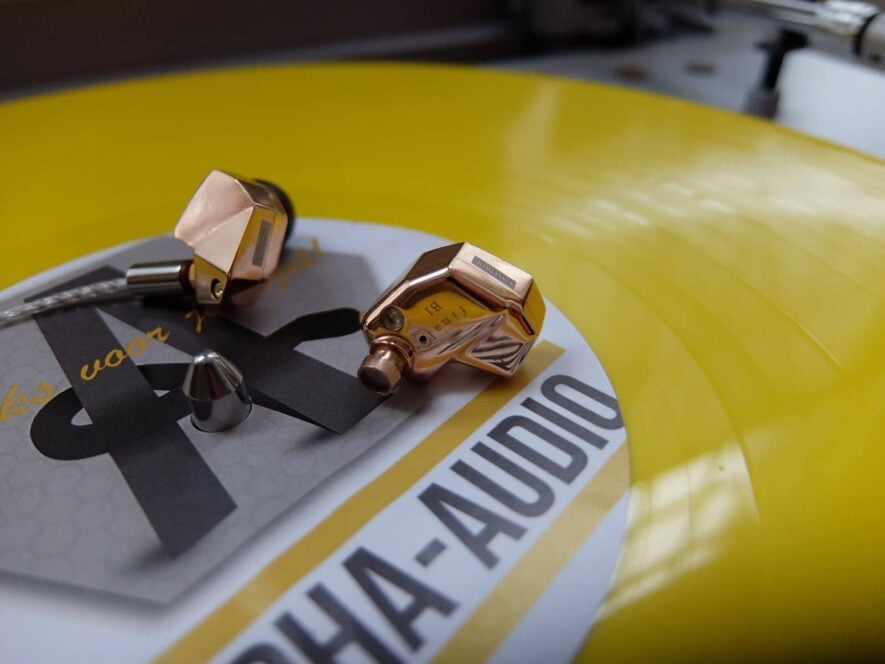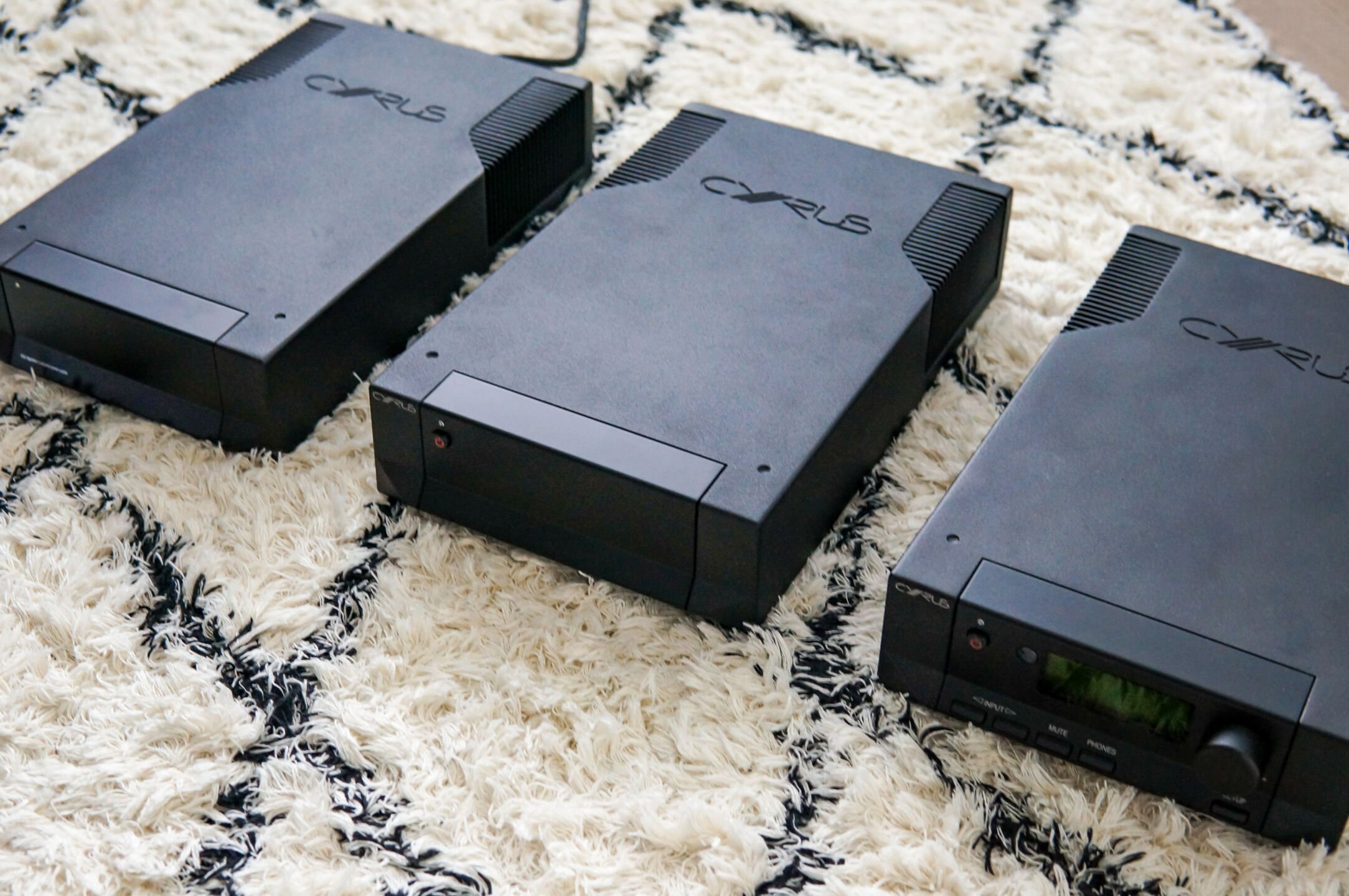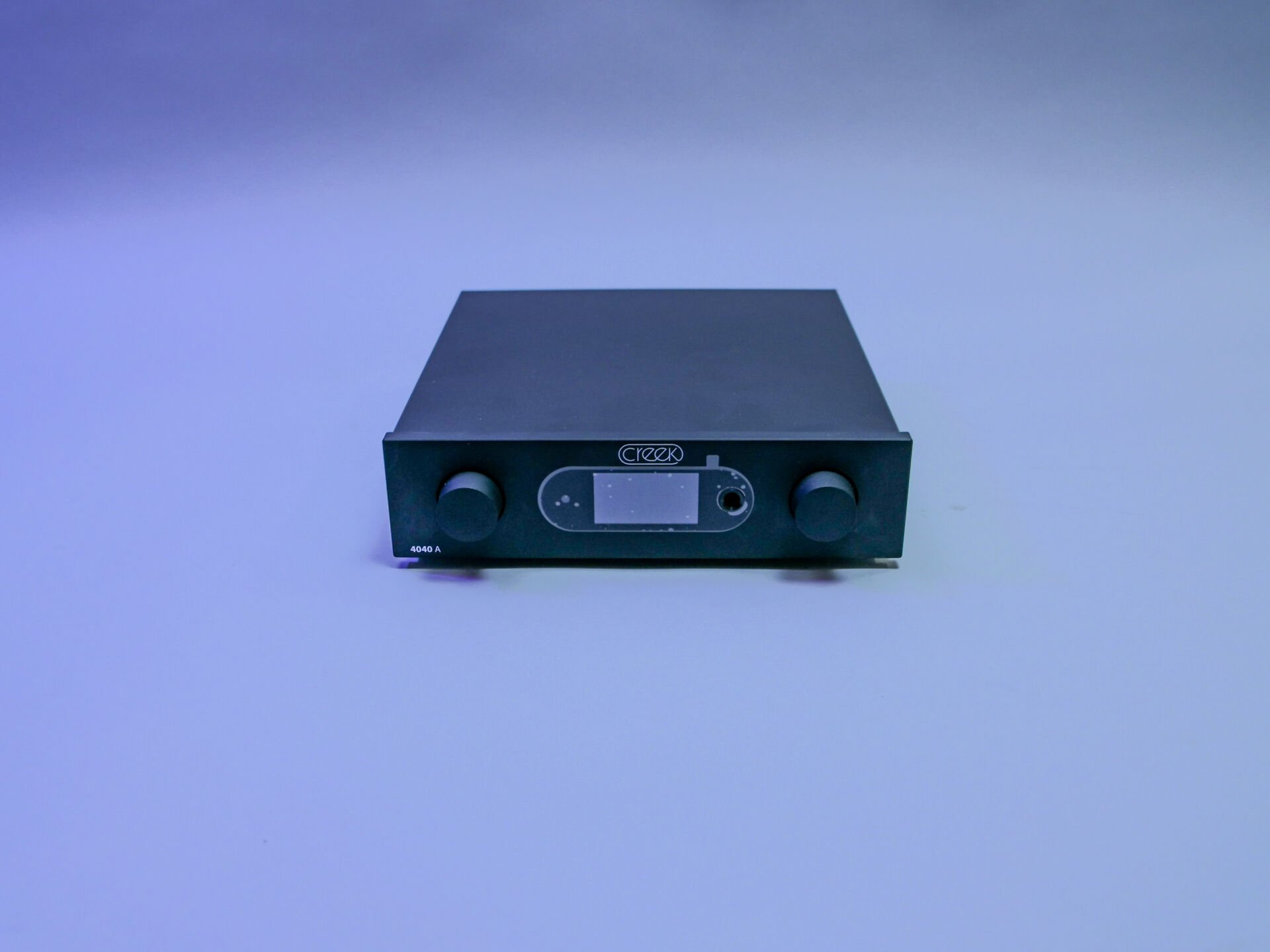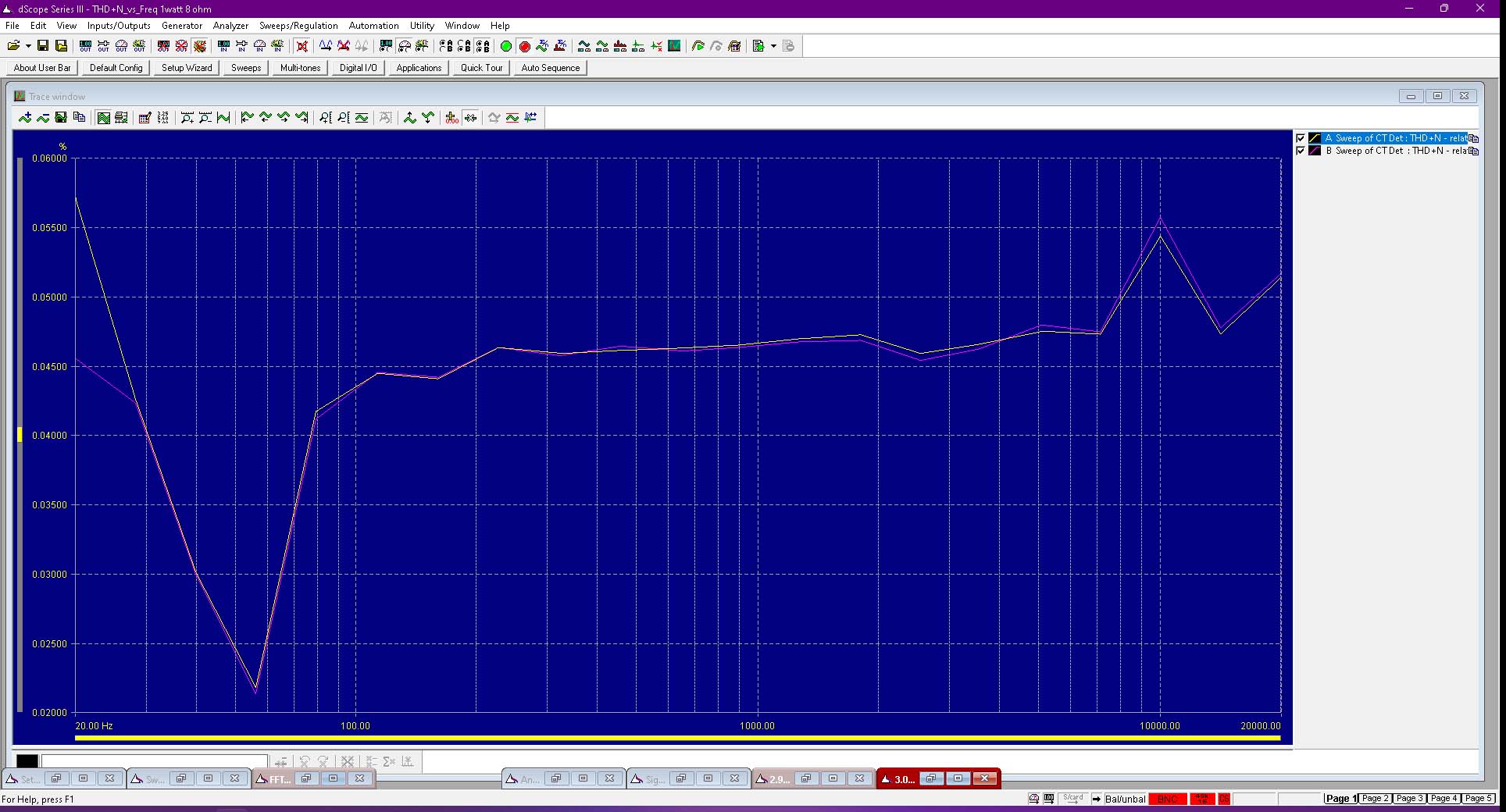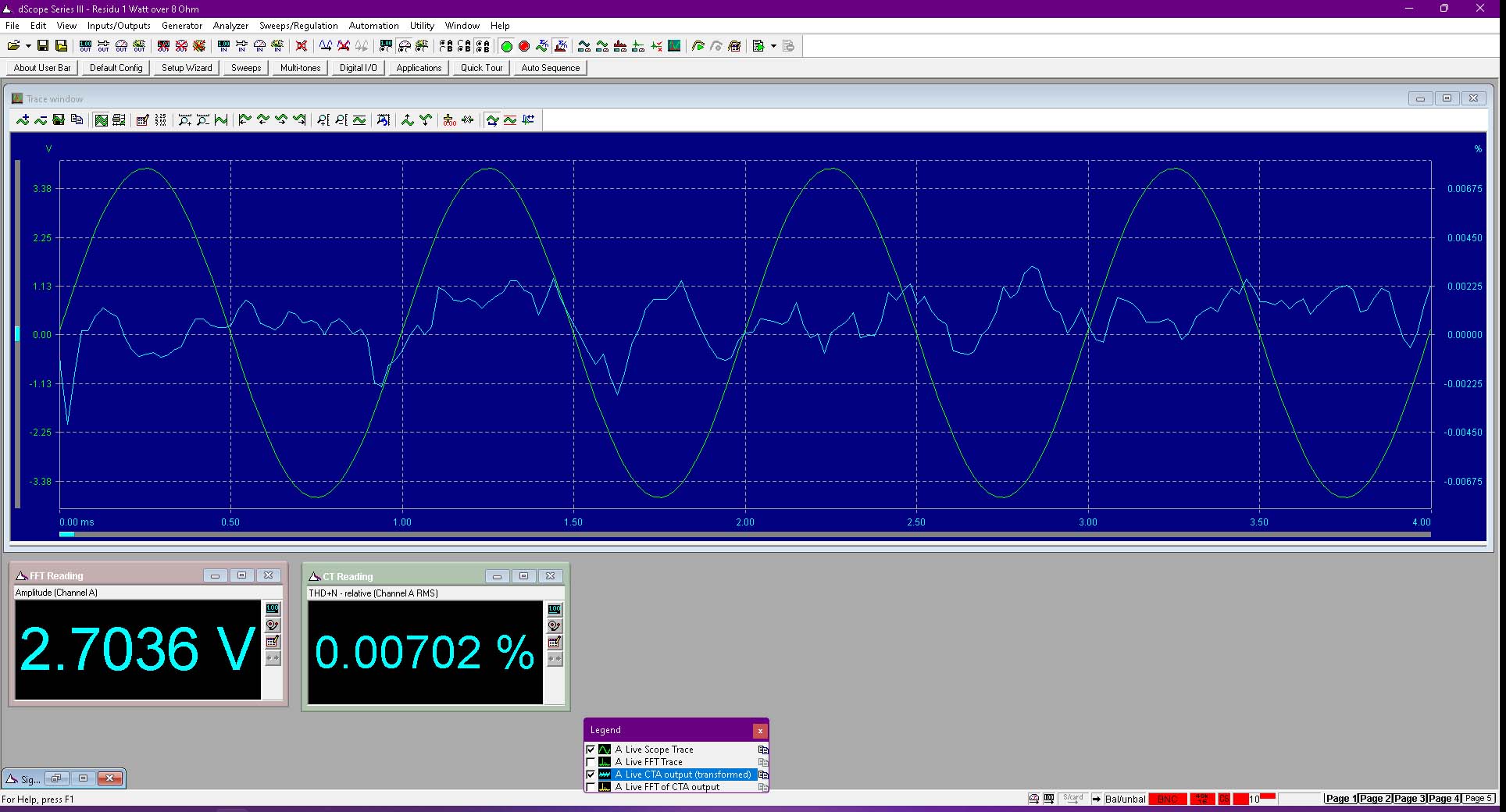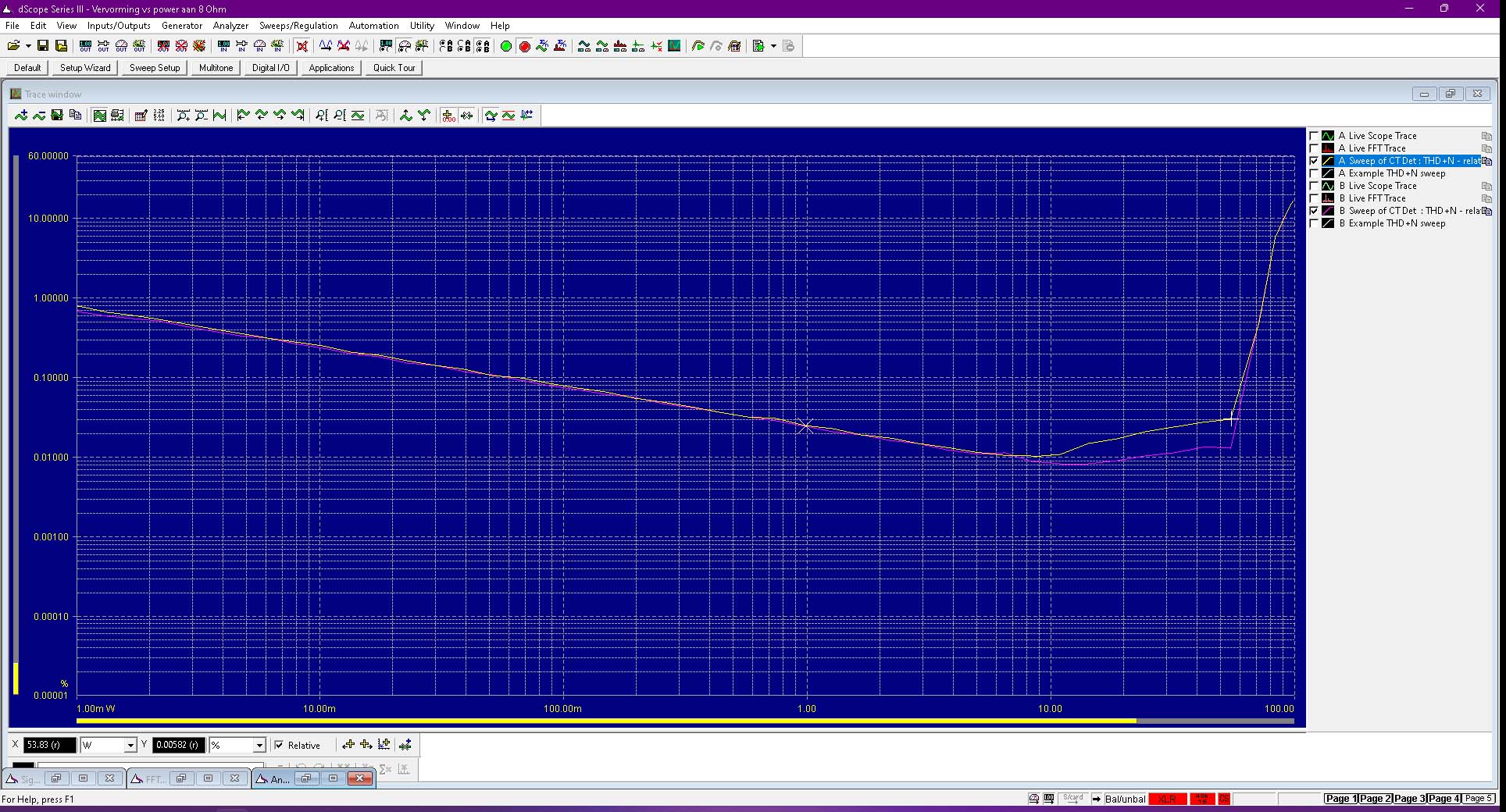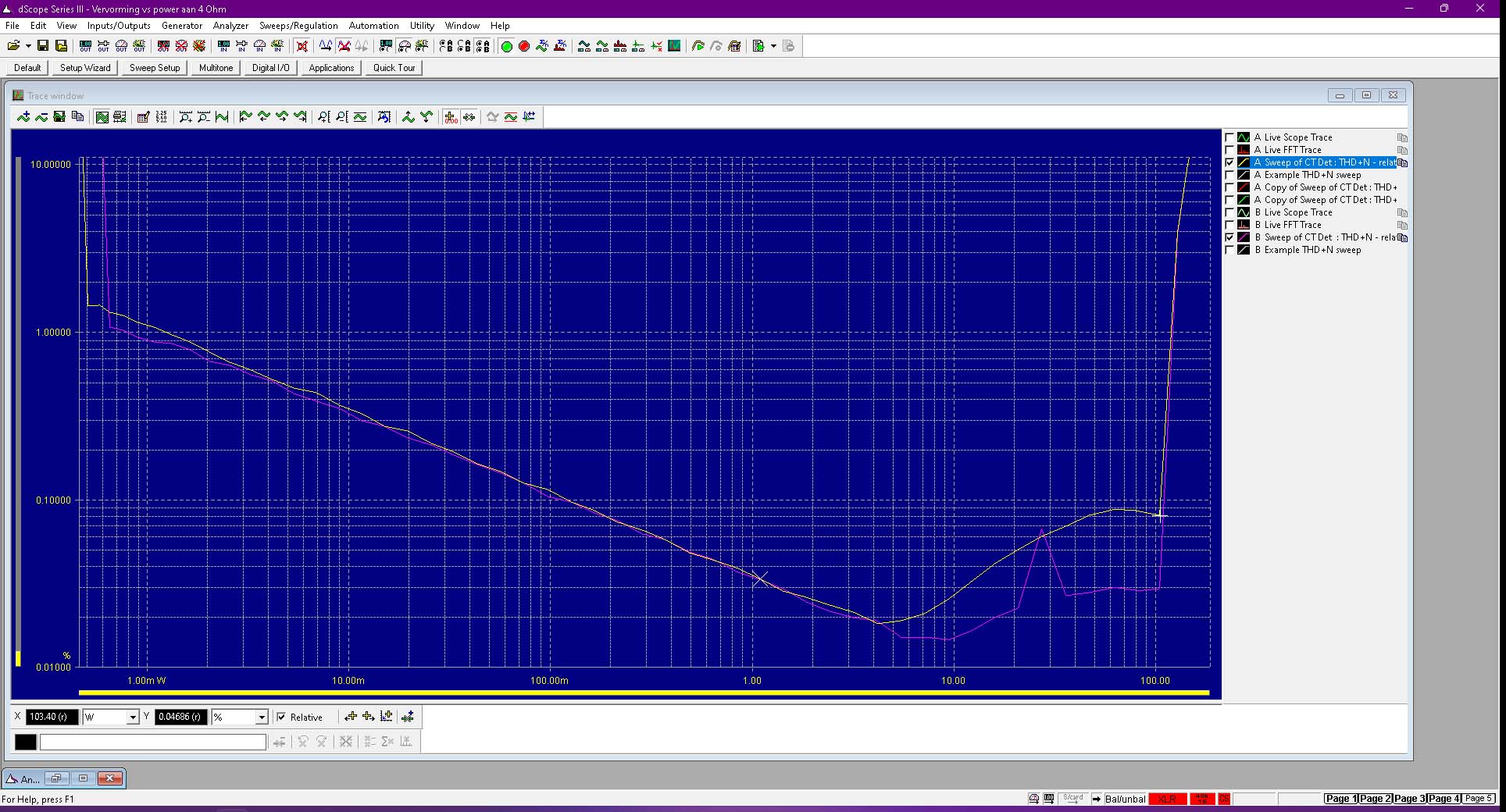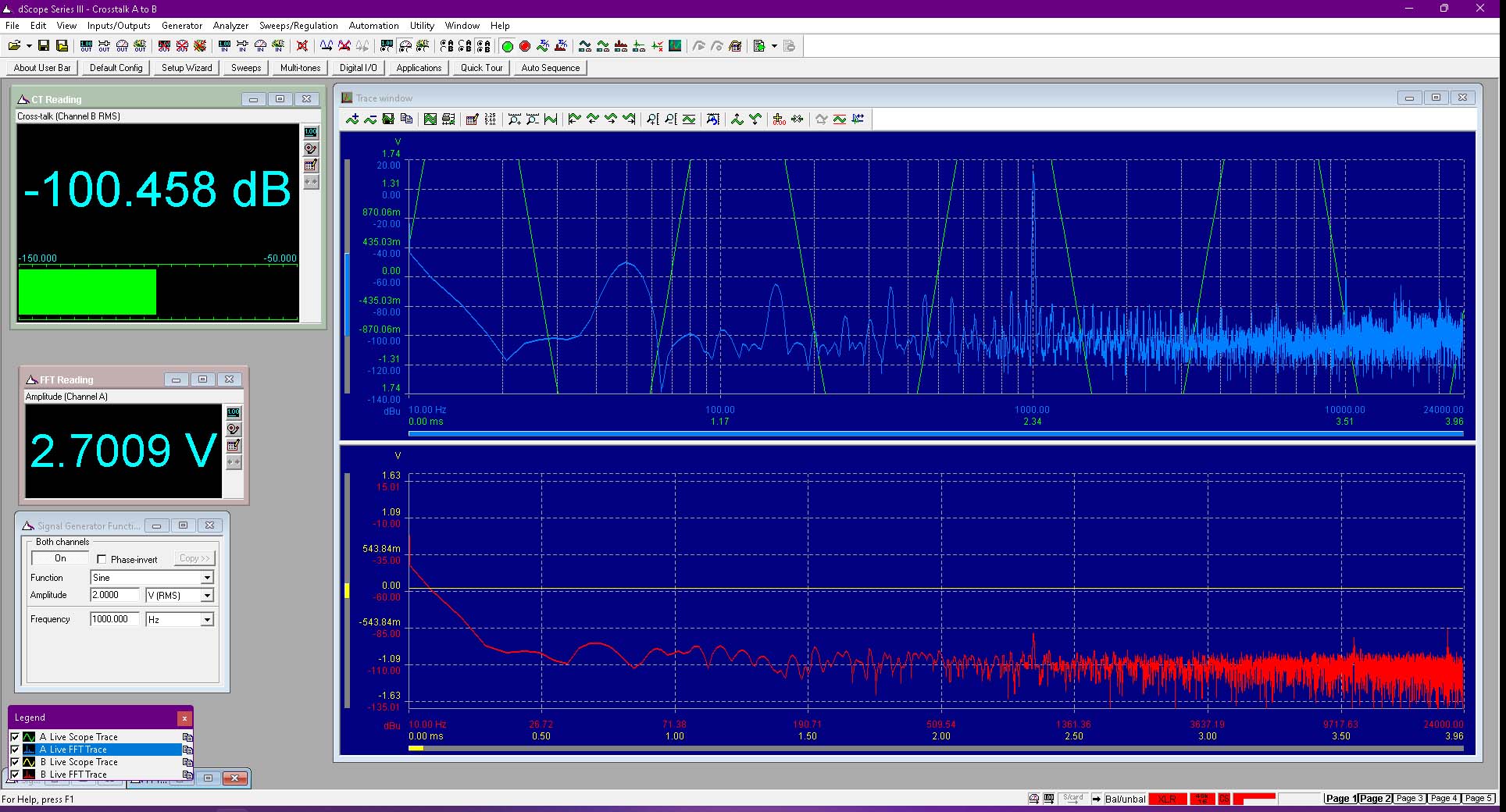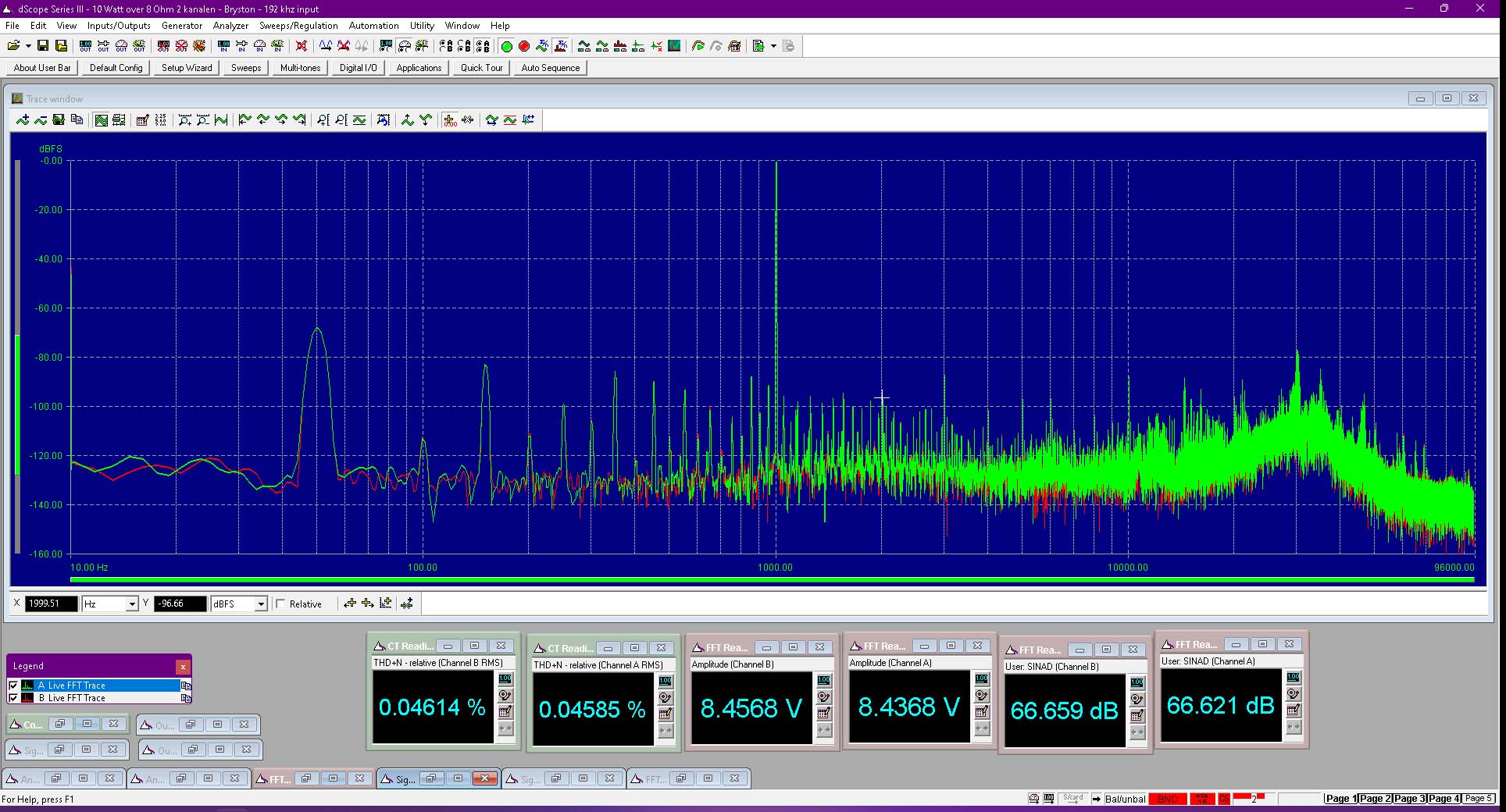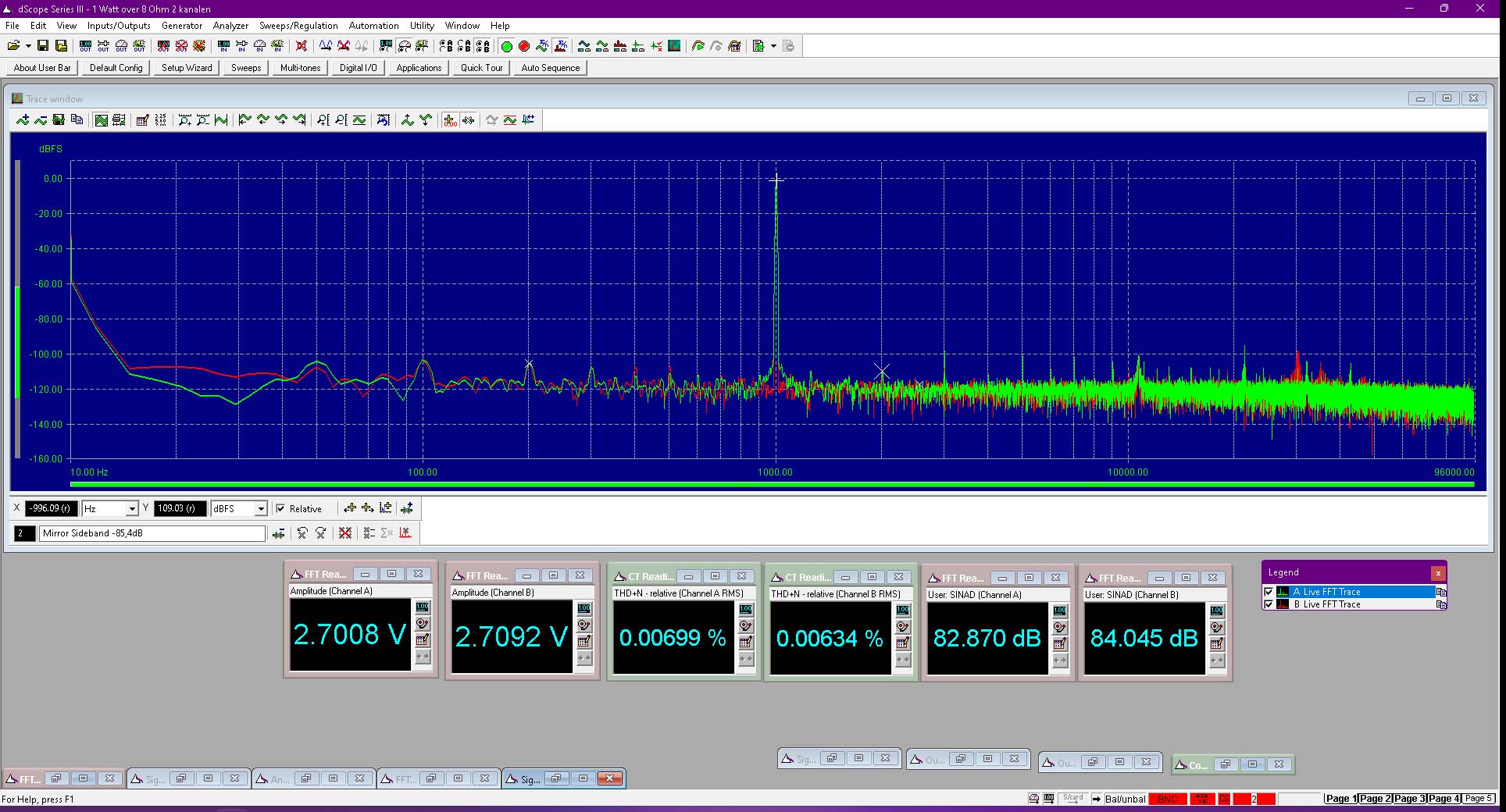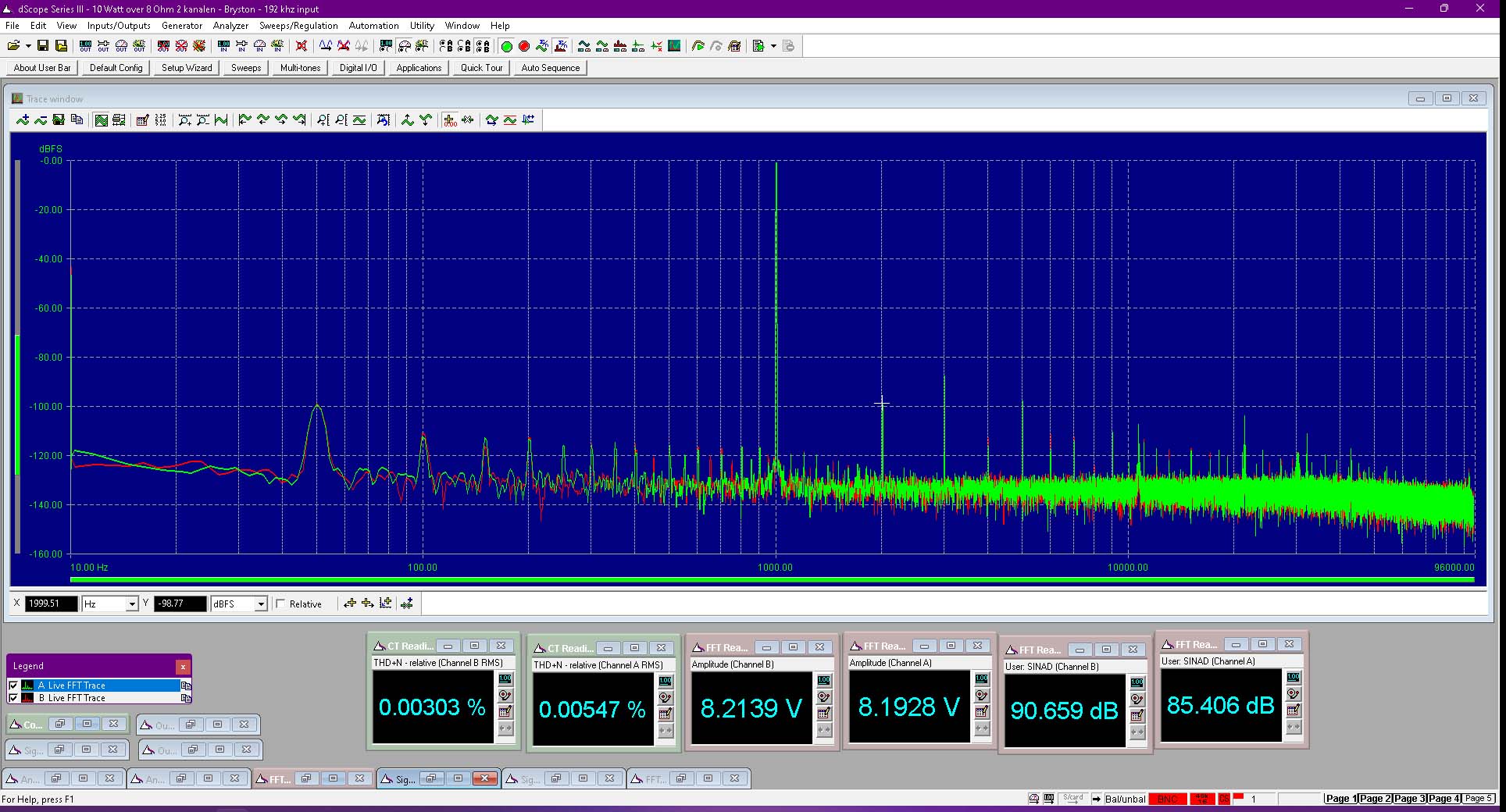

Cyrus DAC
Contents
The character of the DAC matches the character of the amplifier well, but is not the last word in sophistication. Music from the DAC sounds fast and rhythmic, with a good punch from the bass. Instruments like piano and acoustic guitar remain a bit shallow in terms of sound.
The DAC in the Cyrus profits a lot from the PSX-R2. More detail, better microdynamics like the sharp touch of a piano key or a tap on a cymbal and more sound in the reverb.
For the review period, the Volumio Primo was connected to the input of the Classic Amp with an SPDIF cable. That same Volumio Primo analog out gives a much better sounding result. The soundstage becomes slightly smaller than with the Cyrus DAC, but you get in return that all instruments sound more lifelike. The sound of highs and mids is milder, with richer tones. You can hear details in singers’ voices that you can’t with the Cyrus DAC.
From Steely Dan’s “Katy Song” album, the Primo’s DAC brings out all sorts of details in the playing of the various top musicians that you don’t hear and experience as prominently with the Cyrus’ DAC.
This is not solely attributable to the Primo. When using the PSX-R2, the preamp of the Cyrus and the DAC circuit are powered by the PSX-R2, and the power supply in the Cyrus Classic amplifier itself is only used for power amplification. I cannot escape the impression that when the DAC circuit of the amplifier is not used the Cyrus disables this circuit. The analog input then sounds very good, something that is also noticeable with the Naim DAC.
With the Cyrus Classic Amp and the Cyrus PSX-R2, the Volumio Primo is a very fine combination. The Naim DAC shows that the preamp of the Cyrus is more than adequate to allow even more detail and depth in the sound, without sacrificing the playful, rhythmic character of the Cyrus.
The sound of the Primo does fit better with the character of the Cyrus; it is a very fine combination that draws you into the music.

